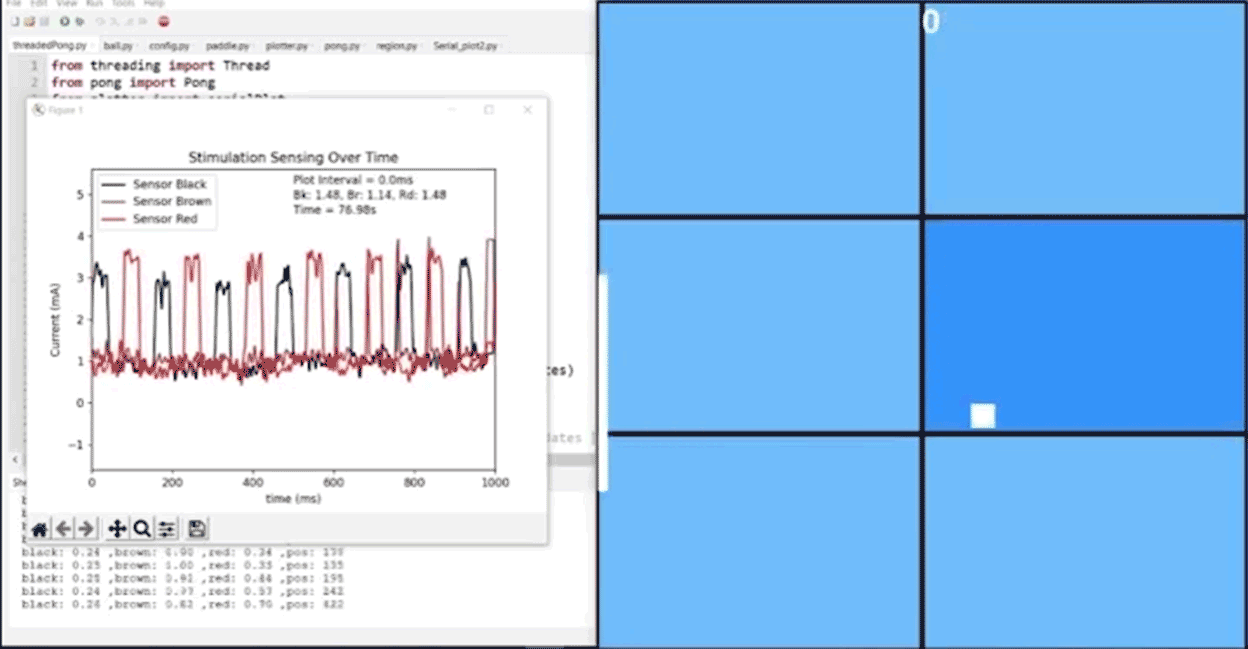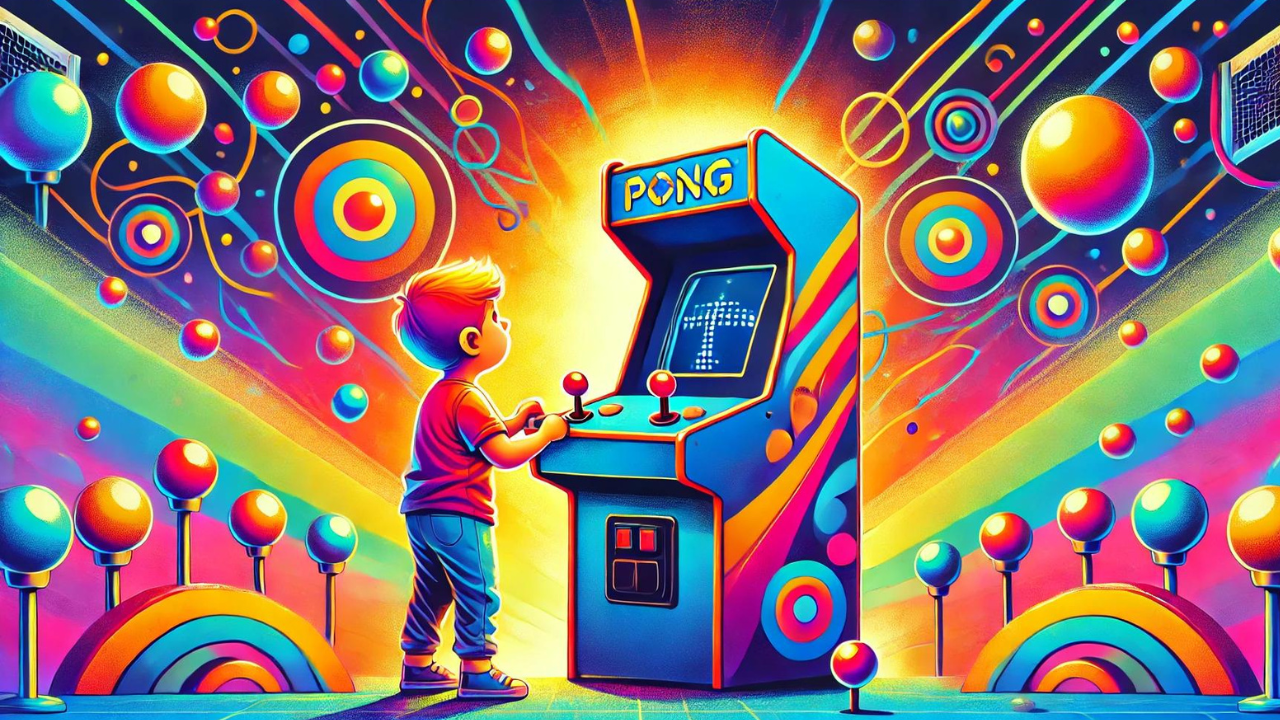TLDR
- Scientists have created a basic AI system using a jelly-like material that can learn to play the video game Pong, demonstrating that synthetic materials can exhibit a form of memory and improve performance over time.
- The hydrogel system uses electrical stimulation to move charged particles (ions) within the material, creating a physical memory that allows it to adapt and improve its game performance, increasing its hit rate from 50% to 60% in about 24 minutes.
Scientists have created a basic artificial intelligence system using a jelly-like material that can learn to play the classic video game Pong and even improve over time, according to a study published in Nature. It shows that synthetic materials can use a rudimentary form of ‘memory’ to enhance their capabilities.
A research team led by Yoshikatsu Hayashi, a biomedical engineer at the University of Reading, U.K., used a material called electro-active polymer (EAP) hydrogels and connected them to a system that let them interact with the game, Pong, a table-tennis-like video game, through electrical signals.
The experiment was inspired by the work in 2022 of Brett Kagan and fellow scientists in Australia and England. He used neurons in a dish that learned to play Pong, after being electrically stimulated. Hayashi wondered if a non-biological matter could do the same.
Hayashi tested hydrogels with charged particles called ions and stimulated them with electricity. This caused the ions to move and drag water molecules with them, leading to the hydrogel changing shape. This change affects the next set of particle arrangements, like a physical memory, according to Nature.
To test the hydrogel’s ability to play Pong, the researchers connected it to a computer running the game via electrodes. The game was divided into a grid, with each section corresponding to electrode pairs. As the ball moved through the grid, electrical signals stimulated the hydrogel, causing ion rearrangement. Sensing electrodes then measured the electrical current from these rearranged ions, interpreting it as commands to move the game paddle.

Initially, the hydrogel successfully hit the ball about 50% of the time. Remarkably, within just 24 minutes, its hit rate improved to 60%, indicating that the material was developing a basic ‘memory’ of the ball’s movement patterns.
While the hydrogel didn’t master Pong as quickly as Kagan’s experiment did, Hayashi notes that “hydrogels are a much simpler system.” He believes these results indicate that hydrogels may have further computational abilities that could aid in developing more efficient algorithms.
“The system demonstrates memory in a similar way that a river bed records a memory of a river,†Kagan told Nature. He praised the study’s creative approach but emphasized that more research is needed to definitively prove that hydrogels can truly learn.

